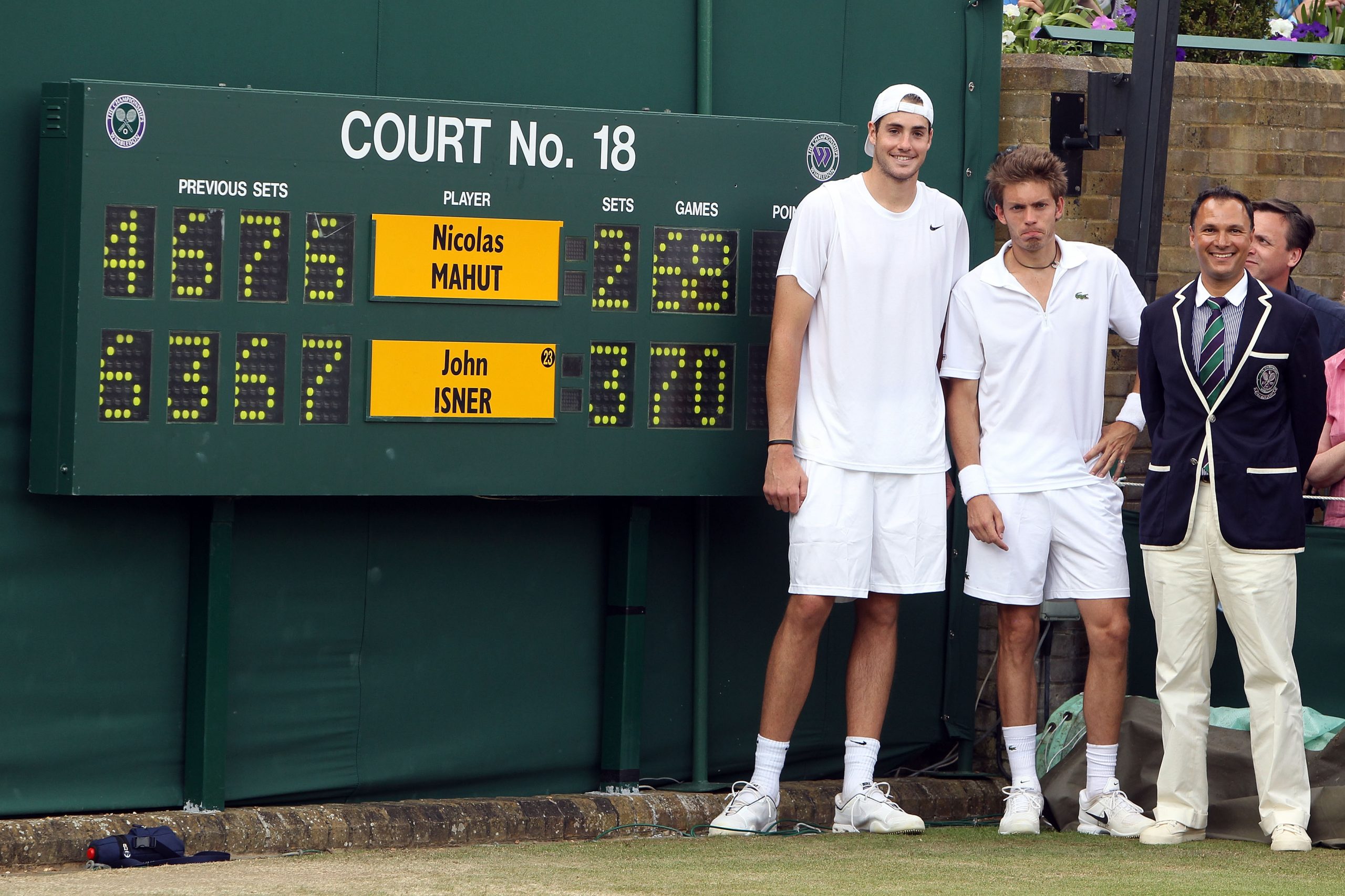The Grand Slam Board has announced that the 10-point tie-breaks will be played when the score reaches six games all in the final set
The WTA, ATP, ITF, the Grand Slam Board comprising representatives from the Australian Open, the US Open, the French Open and the Wimbledon in consultation with the tennis officiating community have come up with this decision. The new rule will be implemented as a trial over the full Grand Slam calendar before any permanent change in rule is made. Under this trial, if the score reaches six games all in the final set, the match winner(s) will be the first player(s) to win 10 points with an advantage of two or more points.
“On behalf of the Australian Open, Roland Garros, Wimbledon and the US Open, the Grand Slam Board are pleased to announce the joint-decision to play 10-point Tie-Breaks at all Grand Slams, when the score reaches six games all un the final set”, the Wimbledon put out a statement on its official website. Earlier, each of the four Grand Slams had their own set of rules for the match tie-break. While the Wimbledon played a 7-point tie-break at 12-12 in the final set, the US Open played a 7-point tie-break in the decider. The Roland Garros was the only Grand Slam not to have any tie-break while the Australian Open played a 10-point tie-break at 6-6 in the deciding set.
When was the tie-break system introduced in Tennis?
The tie-break system was invented by James Van Alen and unveiled in 1965 as an experiment at the pro tournament he sponsored at Newport Casino, Rhode Island, after an earlier, unsuccessful attempt to speed up the game by the use of his so-called “Van Alen Streamlined Scoring System” (“VASSS”). For two years before the Open Era, in 1955 and 1956, the United States Pro Championship in Cleveland, Ohio, was played by VASSS rules.
The scoring was the same as that in table tennis, with sets played to 21 points and players alternating five services, with no second service. The rules were created partially to limit the effectiveness of the powerful service of the reigning professional champion, Pancho Gonzales.
Even with the new rules, however, Gonzales beat Pancho Segura in the finals of both tournaments. Even though the 1955 match went to five sets, with Gonzales barely holding on to win the last one 21–19, it is reported to have taken 47 minutes to complete The fans attending the matches preferred the traditional rules, however, and in 1957 the tournament reverted to the old method of scoring.

Image Credits: tennisfame.com
The Roland Garros is just about two months away – the first event which will see the use of this new system. The tournament has recently received another boost after French Prime Minister announced vaccination pass will no longer be required to play in the tournament. The restrictions with regards to Covid-19 vaccination status have been withdrawn effective from March 14.
This announcement means players can now play at all events in France irrespective of their vaccination status. The tennis community would be eagerly looking forward to watching defending champion Novak Djokovic battle it out against 21-time Grand Slam Champion, on the clay courts of Paris.
More Tennis news
- “Bold and quiet. Powerful and calm” – Naomi Osaka stuns in the perfect commercial for Nissan
- Novak Djokovic’s brother makes Roger Federer promise ahead of Serbian Open
- Naomi Osaka responds to botching Jennifer Brady’s name after AO Open final win
Follow our dedicated Tennis page for instant Tennis news and updates

